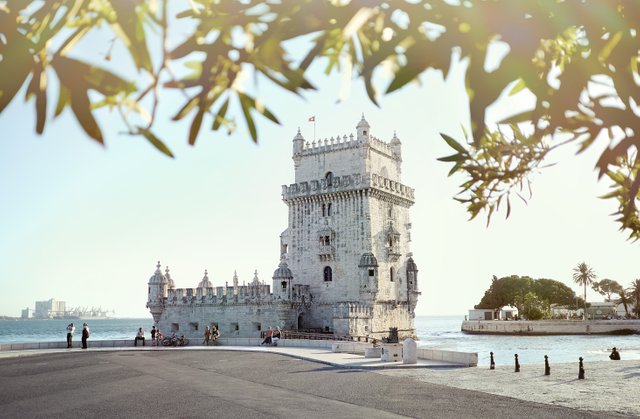
Lisbon is older than Rome, Paris, and London by a number of centuries each of those town since the first humans to settle in the area did so approximately three thousand years ago. This makes Lisbon older than Rome, Paris, and London by a number of centuries. Because of this, Lisbon is considered to be the oldest city in all of Europe.
As a direct result of this, the history of Lisbon can be traced back more than a few centuries further than that of Rome, Paris, or London when all three of these cities are combined. This city's waterfront is home to a substantial number of the most interesting and significant landmarks and attractions that she has to offer, and it is one of the most beautiful parts of the city.
The waterfront in this major city is not just one of the most physically appealing parts of the city, but it is also the location of a considerable portion of these. If you are interested in knowing more about the marine history of this country, you should make it a point to stop by the Torre de Belem, the Monument to the Discoveries, and the Mapa Mundi.
These tourist destinations are among the most interesting sites to visit in this nation. Within the confines of the city of Lisbon, each and every one of these well-known locations for tourists may be reached by foot. In contrast to the Praca do Comercio, which acts as the primary entrance into the city, the Rossio is considered to be the beating heart of the metropolitan area.
This plaza is located in the center of the city. This is due to the fact that the Rossio is where the majority of the city's several routes of public transportation converge. This occurs as a result of its location in the city at the point where the great majority of the lines serving the city's public transit system intersect with one another.
The plaza may be reached without much effort because of its central location in the middle of the city. The Santa Justa Elevator, which links the Lower Town and the Barrio Alto District, makes it simpler for vacationers to go between the two communities of Lower Town and Barrio Alto District.
You will be able to successfully finish this assignment if you take the elevator up to your goal from where you now are. If you choose this approach, you won't have to worry about facing the steep hills on your trip up or down the mountain, because you'll be on the same path the entire time you're traversing the mountain.
It is still possible to observe signs of the destruction that took place at the Convento do Carmo as a result of the fact that some of the arches at the Convento do Carmo have not been repaired since the catastrophic incident that took place in 1755. The fact that not all of the arches of the Convento do Carmo have been renovated contributes to this situation.
This is because, during the occurrence that took place in 1755, a number of the arches that could be found at the Convento do Carmo suffered damage. The National Azulejo Museum traces the origins of Portugal's tile-making technology all the way back to the 15th century and documents its evolution over the course of several hundred years in the form of a tile-making process.
The museum was named after the country's traditional tile-making technique, which was called azulejo. The country's traditional method of manufacturing tiles, which was known as azulejo, inspired the naming of the museum after its namesake.
The museum got its name from the old technique used in the country for making tiles, which was called azulejo. This served as the inspiration for calling the museum after its namesake. Explore the traditional music of Portugal, known as fado, which was first performed in the pubs and alleys of the Alfama neighborhood in Lisbon. Fado was initially played in the taverns and alleys of Alfama.
The first known performances of fado took place in the bars and alleyways of Alfama. Many people believe that the musical style known as fado originated in this neighborhood. The name of the neighborhood that encompasses this one was originally derived from this particular neighborhood.
At first, playing fado was everyone's go-to choice for passing the time and having a good time on their own terms. Not only is Lisbon home to some of the most spectacular beaches that can be found anywhere in all of Europe, but it is also home to some of the most stunning art galleries that can be found anywhere in the entire world. Lisbon is a city that has it all. Lisbon is a city that does not lack for anything.